Home>Storage Ideas>Living Room Storage>The 12 Dirtiest Places In The Home (and How To Clean Them)
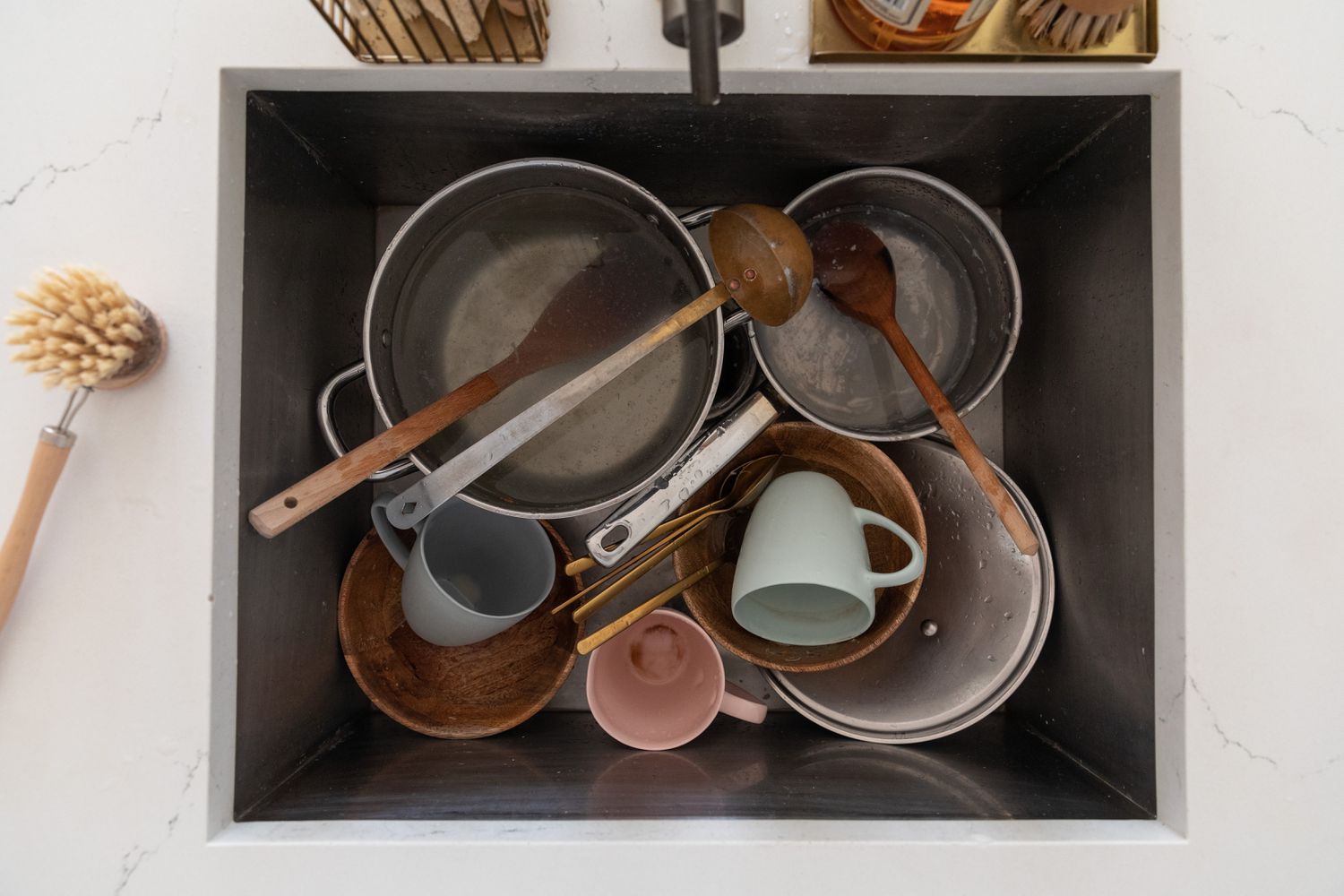

Living Room Storage
The 12 Dirtiest Places In The Home (and How To Clean Them)
Modified: January 8, 2024
Discover the dirtiest places in your home, including your living room storage, and learn effective cleaning tips to keep them spotless.
(Many of the links in this article redirect to a specific reviewed product. Your purchase of these products through affiliate links helps to generate commission for Storables.com, at no extra cost. Learn more)
Introduction
Welcome to the ultimate guide on the dirtiest places in your home and how to clean them! We all strive to keep our living spaces clean and tidy, but sometimes there are hidden spots that we overlook. These areas can harbor germs, bacteria, and even allergens, compromising the cleanliness and health of our homes. In this article, we will explore the 12 dirtiest places in the home and provide you with effective cleaning tips to tackle these problem areas.
From the kitchen to the bedroom, the bathroom to the living room, we will delve into each room and highlight the specific areas that require extra attention. So, let’s roll up our sleeves, put on our cleaning gloves, and get ready to transform our homes into sparkling havens of cleanliness!
But before we dive in, it’s important to note that maintaining a clean and hygienic living environment goes beyond just appearances. Regular cleaning not only helps prevent the spread of illness-causing bacteria and viruses but also improves indoor air quality and reduces the risk of allergies and respiratory problems. So, let’s not waste any more time and begin our journey to a cleaner, healthier home!
Key Takeaways:
- Regularly cleaning and disinfecting high-traffic areas such as kitchen countertops, bathroom sinks, and pet bedding is crucial for eliminating germs and bacteria, promoting a healthier living environment.
- Incorporating proper cleaning habits and routines, such as decluttering and organizing, in commonly overlooked spaces like the garage, entryway, and pet areas, contributes to a well-kept and enjoyable home environment.
Read more: How To Hold Insulation In Place
Kitchen
The kitchen is often referred to as the heart of the home, where we prepare delicious meals and gather with family and friends. However, it is also one of the dirtiest places in the house, harboring germs and bacteria. To ensure a clean and sanitary kitchen, pay close attention to the following areas:
- Countertops: Countertops are prone to accumulating food particles, spills, and bacteria. Wipe them down regularly with a mild cleanser or a mixture of water and vinegar to disinfect the surface.
- Sink Area: The sink area can become a breeding ground for bacteria. Clean the sink, faucet, and drain regularly with a disinfecting cleaner or a mixture of baking soda and water.
- Refrigerator: The refrigerator can harbor spills, spoiled food, and unpleasant odors. Take the time to clean out expired items, wipe down shelves and drawers, and deodorize the interior with baking soda.
- Cutting Boards: Cutting boards can accumulate harmful bacteria. Clean them thoroughly after each use with hot soapy water and disinfect with a solution of water and bleach.
- Appliances: Don’t forget to clean the oven, microwave, and other kitchen appliances regularly. Refer to the manufacturer’s instructions for the appropriate cleaning methods.
- Cabinets and Drawers: Clean the exterior of cabinets and drawers with a damp cloth. Organize and declutter them to prevent the accumulation of dust and dirt.
Remember to always practice good hygiene in the kitchen, such as washing your hands before and after handling food, using separate cutting boards for raw and cooked items, and keeping raw meat away from other foods to prevent cross-contamination.
By keeping these areas clean and following proper food safety practices, you can enjoy a clean and healthy kitchen environment for you and your loved ones.
Bathroom
The bathroom is another area in the home where cleanliness is essential for maintaining good hygiene and preventing the spread of germs. Here are the dirtiest places in the bathroom that require regular cleaning:
- Toilet: The toilet bowl and the surrounding areas are known to harbor bacteria and germs. Clean the toilet bowl with a toilet cleaner and brush, paying attention to the rim and under the seat. Don’t forget to sanitize the handle and the exterior of the toilet as well.
- Shower and Bathtub: Soap scum, mold, and mildew can quickly accumulate in the shower and bathtub. Regularly scrub the surfaces using a bathroom cleaner or a solution of vinegar and water. Wipe down glass doors and faucets to remove water stains.
- Sink and Vanity: The sink and vanity area can collect toothpaste splatters, hair, and bacteria. Clean the sink basin, faucet, and vanity countertop with a mild cleanser or a solution of water and baking soda. Don’t forget to sanitize the handles and knobs.
- Grout and Tiles: Grout lines between tiles can become breeding grounds for mold and mildew. Scrub the grout regularly with a grout cleaner or a mixture of hydrogen peroxide and baking soda. Use a toothbrush to get into hard-to-reach areas.
- Mirror: Clean the bathroom mirror using a glass cleaner or a mixture of vinegar and water. Wipe it with a microfiber cloth to avoid streaks.
- Trash Can: The trash can in the bathroom can accumulate odors and bacteria. Empty and clean it regularly using a disinfecting cleaner.
Remember to also wash and replace bathroom towels frequently and keep a supply of hand soap and disposable hand towels or hand dryers for optimal cleanliness.
By maintaining a regular cleaning routine and focusing on these key areas, you can enjoy a fresh and hygienic bathroom environment.
Bedroom
Your bedroom is your personal sanctuary, a place where you relax, rest, and recharge. However, it is often overlooked when it comes to thorough cleaning. Here are some of the dirtiest places in your bedroom and how to keep them clean:
- Bedding: Your bedding can accumulate sweat, dead skin cells, and dust mites. Wash your sheets, pillowcases, and blankets regularly in hot water to kill any bacteria and allergens.
- Mattress: Mattresses can harbor dust mites and allergens over time. Vacuum your mattress regularly and consider using a mattress protector to prevent stains, spills, and dust accumulation.
- Pillows: Pillows can also collect dust mites and become flattened over time. Wash your pillows according to the manufacturer’s instructions or replace them every few years.
- Carpet and Flooring: Carpets and flooring in the bedroom can accumulate dirt, dust, and allergens. Vacuum or sweep the floor regularly and consider deep cleaning the carpet annually.
- Furniture: Dust and allergens can accumulate on bedroom furniture such as dressers, nightstands, and headboards. Wipe them down with a damp cloth regularly to keep them clean.
- Windows and Curtains: Dust can settle on windows and curtains, affecting the air quality in your bedroom. Clean your windows, dust window sills, and wash or vacuum your curtains to maintain a clean sleeping environment.
- Electronics: TVs, laptops, and other electronic devices in the bedroom can collect dust and germs. Wipe them down regularly with a microfiber cloth to keep them dust-free.
- Closets: Closets can become cluttered and disorganized, making it difficult to clean. Regularly declutter your closet, dust shelves, and vacuum the floor to keep it clean and organized.
Remember to also keep your bedroom well-ventilated by opening windows periodically to allow fresh air to circulate, and consider using an air purifier to filter out allergens and improve air quality.
By paying attention to these commonly overlooked areas in your bedroom, you can create a clean and cozy space that promotes relaxation and restful sleep.
Living Room
The living room is a gathering space for relaxation and entertainment, making it important to keep it clean and inviting. Here are some of the dirtiest places in the living room and how to maintain cleanliness:
- Carpet and Flooring: Carpets and flooring in the living room can accumulate dirt, dust, and allergens. Vacuum or sweep the floor regularly, and consider deep cleaning the carpet periodically to remove embedded dirt and stains.
- Furniture: Living room furniture, such as sofas and chairs, can harbor dust, pet hair, and food crumbs. Vacuum fabric upholstery regularly and spot clean any stains. Wipe down wooden furniture with a damp cloth to remove dust and dirt.
- Electronics: Television screens, gaming consoles, and remote controls can be breeding grounds for germs and bacteria. Use a microfiber cloth to clean these surfaces and disinfect remote controls regularly.
- Coffee Table: The coffee table is a central point for gathering and often a place for food and drinks. Clean the surface regularly with a mild cleanser to remove fingerprints, spills, and dust.
- Windows and Curtains: Dust can accumulate on windowsills and curtains, affecting the air quality in the living room. Clean your windows, dust window sills, and wash or vacuum your curtains to maintain a clean and fresh environment.
- Bookshelves and Decorative Items: Bookshelves and decorative items can collect dust over time. Dust the surfaces regularly and declutter the shelves to maintain a clean and organized appearance.
- Air Vents: Air vents can become dusty and hinder proper airflow. Use a vacuum attachment or a damp cloth to clean the vents and improve air circulation.
- Light Fixtures: Dust and dirt can accumulate on light fixtures, affecting the brightness of the room. Clean light fixtures regularly and replace any burnt-out bulbs.
Regularly tidying up the living room and incorporating a weekly cleaning routine will help maintain a fresh and inviting space for you and your guests to enjoy.
Remember, a clean living room not only enhances the visual appeal but also creates a healthier and more comfortable living environment.
Read more: How To Place Arlo Outdoor Camera
Laundry Room
The laundry room is where we tackle the never-ending cycle of washing and drying clothes. While it may seem like a clean space, there are areas in the laundry room that can accumulate dirt and grime over time. Here are some of the dirtiest places in the laundry room and how to keep them clean:
- Washing Machine: The washing machine itself can become a breeding ground for mold and mildew. Clean the drum, detergent dispenser, and rubber gasket regularly. Run a hot water cycle with vinegar or a washing machine cleaner to remove any build-up and eliminate odors.
- Dryer: Clean the lint trap after each use to prevent the buildup of lint, which can be a fire hazard. Vacuum the dryer vent regularly to remove any trapped lint or debris that can obstruct airflow.
- Laundry Sink: The laundry sink can harbor soap scum and residue. Clean the sink with a mild cleanser or a mixture of baking soda and water. Don’t forget to sanitize the faucet handles as well.
- Countertops and Shelves: Wipe down countertops and shelves with a damp cloth to remove any dust and detergent residue. Organize your laundry supplies to prevent clutter and ensure a clean and functional workspace.
- Floor: Sweep or vacuum the laundry room floor regularly to remove lint and dust. Mop the floor with a cleaner suitable for the flooring material to maintain cleanliness.
- Storage Containers: If you use storage containers for detergents and other laundry supplies, occasionally clean them to remove any spills and keep them free from bacteria and mold.
- Clothes Hampers: Regularly clean and disinfect clothes hampers to prevent the spread of bacteria and odors. Consider using washable liners or bags to keep them clean and fresh.
- Ironing Board and Iron: Clean the ironing board cover and wipe down the iron’s surface regularly. Empty the water tank after each use to prevent the growth of bacteria.
By maintaining a clean and organized laundry room, you can ensure that your clothes come out fresh and clean every time you do your laundry.
Remember to also follow the manufacturer’s instructions for cleaning and maintenance of your washing machine and dryer to prolong their lifespan and optimize their performance.
Home Office
The home office is where productivity and creativity thrive. However, it can also be a breeding ground for dust, clutter, and distractions. To keep your home office clean and conducive to work, pay attention to the following areas:
- Desk: Keep your desk clutter-free by organizing papers, pens, and other office supplies. Dust the surface regularly with a microfiber cloth and use disinfecting wipes to clean your keyboard and mouse.
- Electronics: Your computer, printer, and other electronics can collect dust and dirt over time. Use compressed air to remove dust from vents and other hard-to-reach areas. Wipe down screens and surfaces with a microfiber cloth.
- Shelves and Bookcases: Dust and organize shelves and bookcases regularly to maintain a clean and inviting workspace. Eliminate unnecessary clutter and consider using storage bins and organizers to keep things tidy.
- Floor: Vacuum or sweep the floor regularly to keep it free from dust and debris. If you have carpet, consider deep cleaning it periodically. For hard flooring, mop with a suitable cleaner to remove any dirt or spills.
- Window and Blinds: Clean your windows and blinds to allow natural light to brighten up your workspace. Dust blinds regularly and wash the windows with a glass cleaner for a clear view.
- Furniture: Wipe down your office furniture, such as chairs and shelves, with a damp cloth to remove dust and stains. If necessary, treat any stains or spills promptly.
- Cables and Cords: Tangled cables can be unsightly and result in a messy workspace. Use cable management solutions to keep them organized and easy to access.
- Trash Can: Empty the trash can regularly to prevent odors and build-up of waste. Consider using a trash can with a lid to contain any unpleasant smells.
Creating a clean and organized home office will help boost your productivity and create a focused environment for work. It’s important to maintain a regular cleaning routine to ensure a clean and clutter-free workspace.
Remember to take short breaks during your workday to periodically tidy up your workspace and maintain a clean and organized environment.
Use a disinfectant spray or wipes to regularly clean and sanitize frequently touched surfaces such as doorknobs, light switches, and remote controls to reduce the spread of germs.
Garage
The garage is often a space where we store tools, outdoor equipment, and vehicles. Over time, it can become a catch-all for clutter and dirt. To maintain a clean and functional garage, follow these cleaning tips:
- Declutter: Start by decluttering the garage and getting rid of items you no longer need. Sort items into categories and consider donating, selling, or disposing of objects that are no longer useful.
- Sweep or Vacuum: Remove dirt, dust, and debris from the floor by sweeping or using a wet/dry vacuum. Pay attention to corners, cracks, and other hard-to-reach areas.
- Wipe Down Surfaces: Dust and wipe down all surfaces, including shelves, workbenches, and cabinets. Use a mild cleanser or a mixture of water and vinegar to remove grime and stains.
- Organize Tools and Equipment: Invest in storage solutions such as shelving units, pegboards, or wall organizers to keep tools and equipment off the floor and neatly arranged. Label storage containers for easy access.
- Clean Garage Doors: Wipe down garage doors both inside and outside to remove dirt and buildup. Inspect the seals and weather-stripping and repair or replace as necessary to keep the garage insulated and secure.
- Maintain the Garage Floor: If your garage has a concrete floor, consider sealing it to protect against stains and damage. Sweep or mop the floor regularly to keep it clean and free from oil, grease, and other spills.
- Inspect and Maintain Tools and Equipment: Regularly inspect and clean your tools and equipment to keep them in good working condition. Lubricate moving parts, tighten screws, and replace any worn-out or damaged items.
- Dispose of Hazardous Materials Properly: Handle hazardous materials such as paint, chemicals, and batteries with care. Check your local regulations for proper disposal guidelines to protect the environment.
A clean and organized garage not only creates a more functional space but also prolongs the lifespan of your tools and equipment. Regular maintenance and cleaning will ensure that your garage remains a well-organized and clutter-free area.
Remember to consult your user manuals for any special care instructions for your tools and equipment. Safety should always be a priority when working in the garage, so wear appropriate protective gear and take proper precautions when using tools and machinery.
Entryway
The entryway is the first impression of your home and often the busiest area, making it important to keep it clean, organized, and inviting. Here are some tips to maintain a clean and welcoming entryway:
- Invest in a doormat: Place a sturdy doormat at the entrance to trap dirt and debris from shoes. Regularly shake out or clean the doormat to keep it effective.
- Remove outdoor footwear: Encourage family members and guests to remove their shoes upon entering the home to prevent tracking dirt and bacteria throughout the house. Provide a designated area for shoe storage, such as a shoe rack or shoe cabinet.
- Organize clutter: Keep the entryway tidy by providing storage solutions for frequently used items such as keys, wallets, and bags. Install hooks for hanging coats, hats, and scarves, and designate a tray or basket for holding smaller items.
- Clean the floors: Sweep or vacuum the entryway floor regularly to keep it free from dirt and debris. Use a damp mop or microfiber cloth to clean any stains or spills.
- Dust surfaces: Dust and wipe down surfaces such as tables, shelves, and decorations in the entryway. Use a microfiber cloth or dusting spray to remove dust and maintain a clean appearance.
- Clean windows and mirrors: Clean windows and mirrors in the entryway to enhance the natural light and reflect a sense of cleanliness. Use a glass cleaner and lint-free cloth to remove streaks and smudges.
- Organize mail and paperwork: Designate a specific spot for incoming mail or paperwork to avoid clutter. Sort and discard unwanted items regularly to keep the area clean and organized.
- Maintain a fresh scent: Use air fresheners, scented candles, or natural alternatives such as dried flowers or potpourri to keep the entryway smelling fresh and inviting.
A clean and organized entryway sets the tone for the rest of your home. By following these tips and establishing a regular cleaning routine, you can create a welcoming and clutter-free entryway for both yourself and your guests.
Remember to personalize your entryway with decorative items such as artwork, plants, or a welcome mat to add a touch of warmth and personality.
Read more: How To Clean Blinds Without Removing Them
Children’s Playroom
The children’s playroom is a special space where imagination and creativity run wild, but it can also easily become a chaotic and messy area. To ensure a clean and safe play environment for your little ones, follow these tips:
- Declutter regularly: Sort through toys and games regularly, donating or discarding items that are no longer used or in good condition. This will help keep the playroom organized and make room for new toys.
- Create storage solutions: Invest in storage bins, shelves, and cubbies to keep toys organized and easy to find. Use labeled bins or color-coded storage to make cleanup time more efficient.
- Designate play zones: Divide the playroom into different activity zones, such as a reading nook, art corner, and play area. This will help keep toys and activities contained and organized.
- Establish cleanup routines: Teach children the importance of cleaning up after themselves by making it a part of their playtime routine. Encourage them to put toys back in their designated spots when they’re done playing.
- Keep a cleaning kit handy: Store child-friendly cleaning supplies, such as wet wipes or non-toxic cleaners, in the playroom. This makes it easy to quickly clean up spills or messes as they happen.
- Wash soft toys regularly: Soft toys can harbor dust, allergens, and bacteria. Check the care instructions and launder them regularly to keep them clean and hygienic.
- Regularly clean hard surfaces: Wipe down tables, chairs, shelves, and other hard surfaces with a mild cleanser or disinfecting wipes to remove dirt, germs, and sticky residue.
- Vacuum or sweep: Regularly vacuum or sweep the playroom floor to remove dirt, dust, and crumbs. Pay attention to corners, under furniture, and in toy storage areas.
- Ensure toy safety: Regularly check toys for any broken pieces or loose parts that could pose a safety hazard. Repair or discard damaged toys to ensure a safe play environment.
Maintaining a clean and organized playroom not only helps prevent the spread of germs but also allows children to fully enjoy their playtime in a safe and clutter-free space. By involving them in the cleaning process and teaching them good habits, you can encourage responsibility and pride in their playroom.
Remember, children’s playrooms should always be supervised, especially for younger children, to ensure their safety and well-being.
Pet Areas
Our beloved furry friends bring joy and companionship to our lives, but their living areas can quickly become messy and require regular cleaning. To maintain a clean and hygienic environment for your pets, follow these tips for their designated areas:
- Bedding: Wash your pet’s bedding regularly to remove dirt, pet hair, and odors. Check the care instructions and use a pet-friendly detergent to ensure their bedding stays clean and fresh.
- Litter Box: If you have a cat, scoop the litter box daily to remove waste and clumps. Regularly empty the litter box and wash it thoroughly with warm, soapy water to prevent odors and bacteria buildup.
- Feeding Area: Clean your pet’s food and water bowls daily with warm, soapy water to remove any leftover food or bacteria. Dry them thoroughly before refilling to prevent mold or bacteria growth.
- Stain and Odor Control: Accidents happen, especially during house training. Use a pet-friendly stain and odor remover to clean up any messes promptly, preventing lingering odors that may attract pests or encourage repeat accidents.
- Grooming: Regularly groom your pets to keep their fur and skin healthy. Brush them outside or in a designated grooming area to minimize loose fur in the house. Bathe them as needed with pet-friendly shampoos and conditioners.
- Outdoor Cleanup: If you have a backyard or outdoor area for your pets, regularly pick up any waste to maintain a clean and sanitary environment. Use gloves or a scooper and dispose of waste properly.
- Toy Storage: Keep your pet’s toys in a designated area or storage bin to prevent them from scattering around the house. Regularly inspect and clean their toys to ensure they are free from dirt, debris, and potential choking hazards.
- Furniture and Upholstery: If your pets have access to furniture or upholstery, use pet-friendly covers or blankets to protect them from pet hair and dirt. Vacuum or use lint rollers regularly to remove loose fur.
- Regular Veterinary Care: In addition to regular cleaning, ensure your pets receive proper veterinary care, including vaccinations, flea prevention, and dental cleanings. A healthy pet is less likely to contribute to a messy or unhygienic environment.
Maintaining a clean and organized pet area not only benefits your pets but also creates a healthier and more enjoyable living environment for everyone in your home. By regularly cleaning and attending to their needs, you can ensure a happy and harmonious space for your furry companions.
Remember, pets thrive in a clean and loving environment, so give them the care and attention they deserve.
Electronic Devices
In our digital age, electronic devices have become an integral part of our lives. From smartphones and laptops to televisions and gaming consoles, these devices require regular cleaning and maintenance to ensure optimal performance and hygiene. Here are some tips to keep your electronic devices clean:
- Screens: Dust, fingerprints, and smudges can quickly accumulate on screens. Use a microfiber cloth or screen cleaning wipes specifically designed for electronics to gently clean and remove any dirt or marks. Avoid harsh chemicals or abrasive materials that may damage the screen.
- Keyboards and Mice: Keyboards and mice can harbor crumbs, dust, and germ build-up. Turn off the device and use compressed air or a small brush to remove debris from between the keys. Wipe down the surfaces with a microfiber cloth dampened with a gentle cleanser or isopropyl alcohol solution.
- Computer Towers and Consoles: Dust can clog vents and fans, leading to overheating and performance issues. Use a can of compressed air to gently blow away dust from the vents and around the device. Avoid using household cleaners or liquid directly on electronic components.
- Remote Controls: Remote controls are frequently touched and can harbor germs and bacteria. Use disinfecting wipes or a cloth dampened with isopropyl alcohol to wipe down the buttons and surfaces. Let them dry completely before using.
- Charging Ports and Connectors: Over time, dust and debris can accumulate in charging ports and connectors, impeding proper charging or connectivity. Use a clean, dry toothbrush or a toothpick to gently remove any debris. Be careful not to damage the port or connector.
- Headphones and Earbuds: Clean headphones and earbuds regularly using a cloth dampened with mild soap and water. Ensure they are completely dry before use. Avoid submerging them in water or using harsh chemicals.
- Cases and Covers: Remove cases and covers periodically to clean and wipe down both the device and the case. Use a gentle cleanser or wipes to remove dirt and grime. Let them dry completely before reattaching.
- Smart Home Devices: Clean smart home devices, such as smart speakers or digital assistants, following the manufacturer’s instructions. Use a cloth lightly dampened with water or a mild cleanser to wipe down the surfaces. Avoid exposing them to excessive moisture.
- Regular Maintenance: Follow the manufacturer’s recommendations for regular maintenance of your devices, such as software updates or system clean-ups. These actions help ensure optimal performance and security.
Remember to always refer to the manufacturer’s instructions for specific cleaning guidelines for your electronic devices. Proper cleaning and maintenance not only extend the lifespan of your devices but also provide a cleaner and more hygienic user experience.
Take care when handling electronic devices and be mindful of the risks associated with liquid and cleaning solutions. If you are unsure, consult a professional or contact the manufacturer for guidance.
Conclusion
Maintaining a clean and organized home is essential for creating a healthy and harmonious living environment. By paying attention to the dirtiest places in your home and following proper cleaning techniques, you can ensure cleanliness, hygiene, and comfort for you and your loved ones.
From the kitchen to the living room, the bathroom to the bedroom, each room has its own specific areas that require extra attention. Regularly cleaning and disinfecting countertops, sinks, floors, and surfaces will help eliminate germs and bacteria, while decluttering and organizing storage areas will create a more visually pleasing and functional space.
Don’t forget about specific areas such as the laundry room, home office, garage, entryway, and even the pet areas. These commonly overlooked spaces can benefit from regular cleaning and maintenance, ensuring a well-kept and enjoyable home environment.
In addition to regular cleaning, incorporate proper habits and routines. Encourage family members and guests to remove their shoes at the entrance, practice good hygiene, and develop a cleaning schedule that suits your lifestyle and needs.
Remember, a clean home is not only aesthetically pleasing but also contributes to your overall well-being. It reduces the risk of illness, improves indoor air quality, and creates a comfortable and inviting space where you can relax and thrive.
So, roll up your sleeves, gather your cleaning supplies, and let’s embark on a journey to transform your home into a haven of cleanliness and orderliness. Whether you tackle one room at a time or implement a regular cleaning routine, by following the tips and techniques outlined in this guide, you can achieve a clean and organized home that you will be proud of.
Here’s to a happy, healthy, and clean home!
Frequently Asked Questions about The 12 Dirtiest Places In The Home (and How To Clean Them)
Was this page helpful?
At Storables.com, we guarantee accurate and reliable information. Our content, validated by Expert Board Contributors, is crafted following stringent Editorial Policies. We're committed to providing you with well-researched, expert-backed insights for all your informational needs.
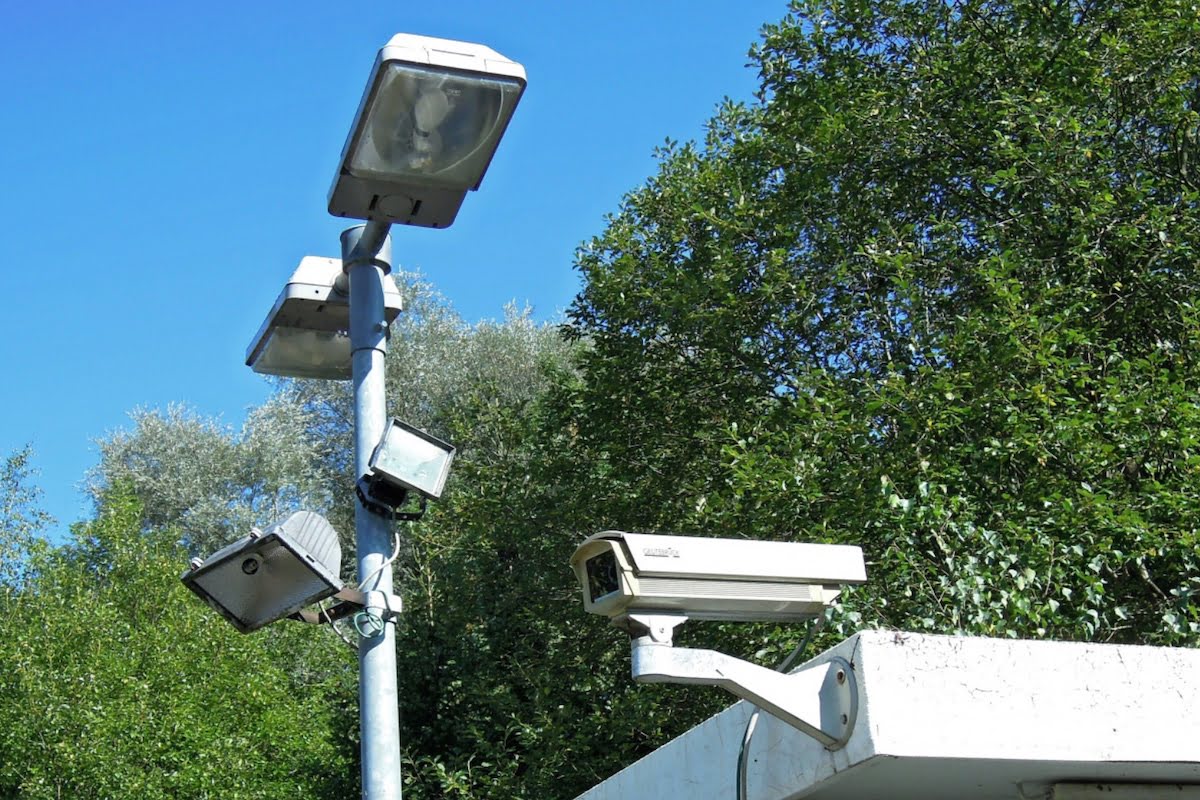
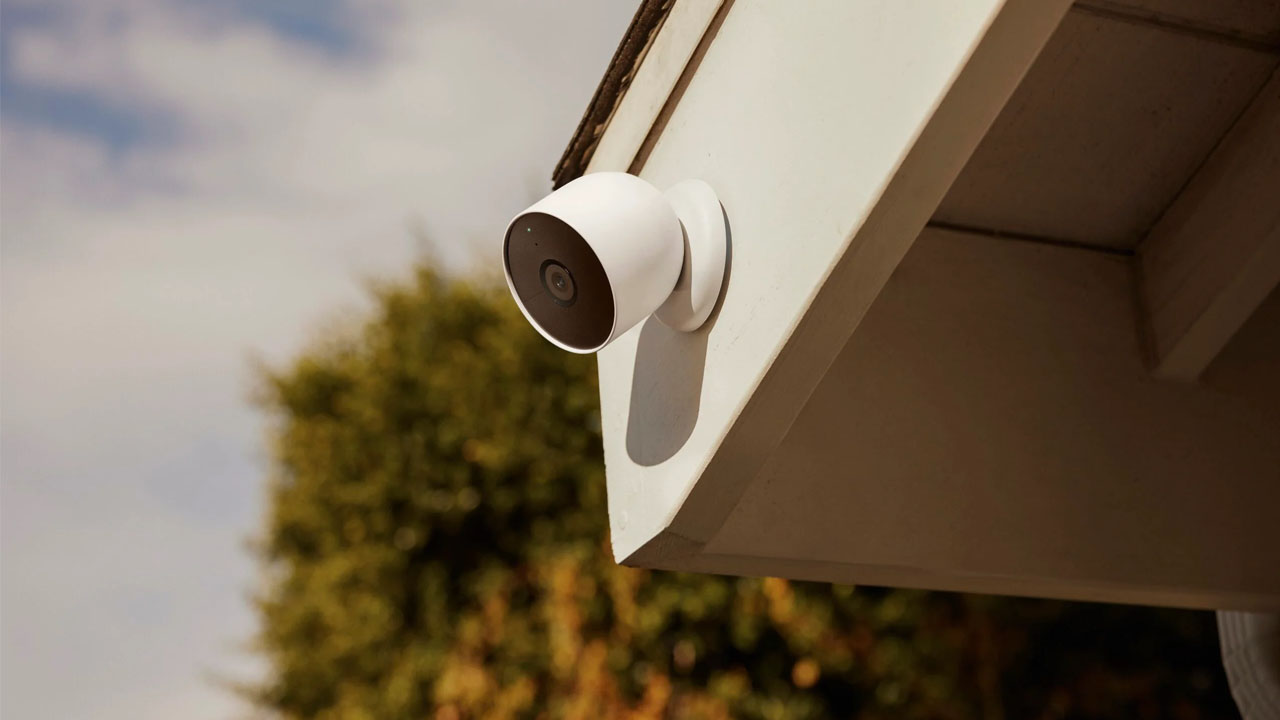
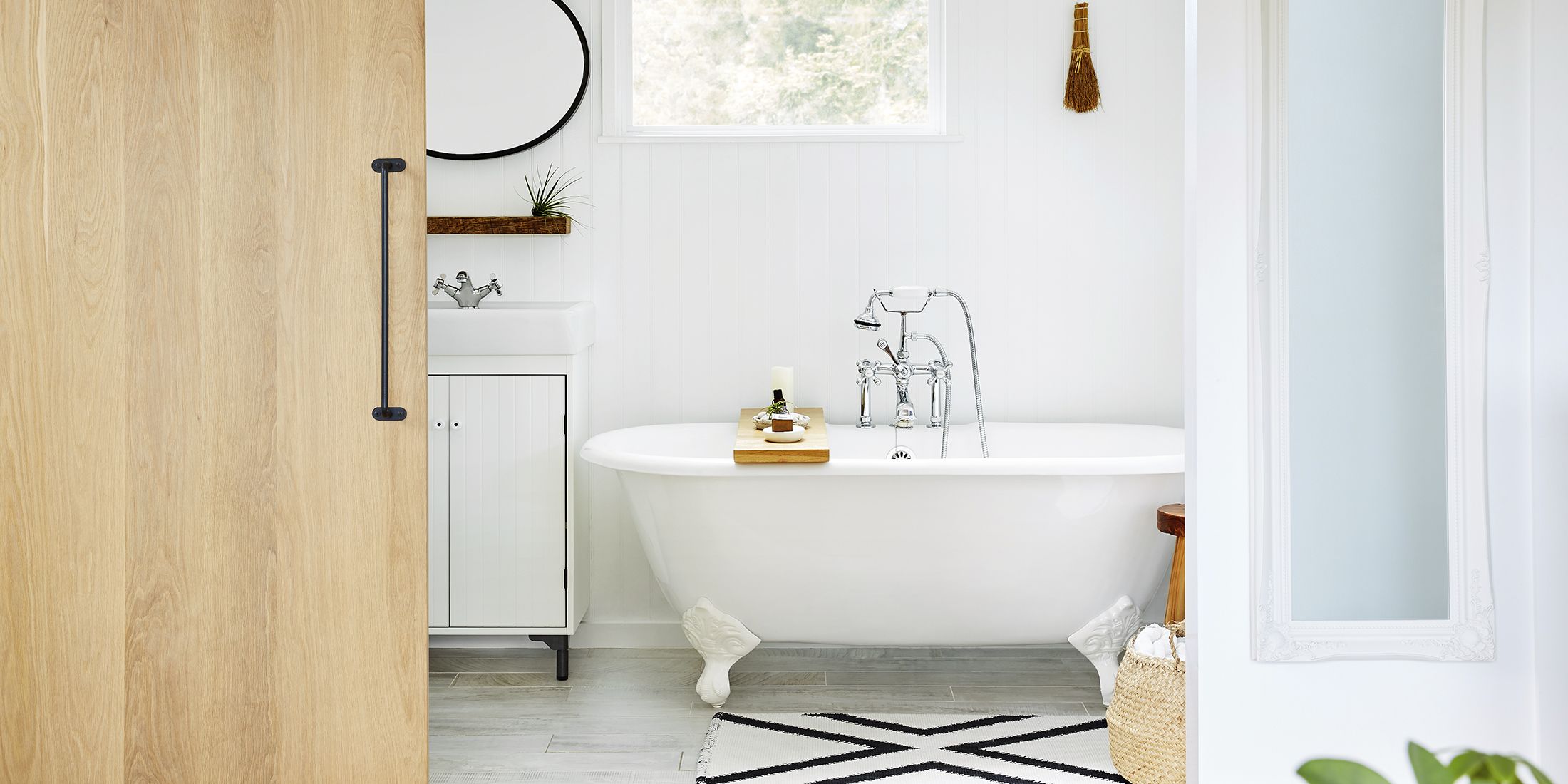
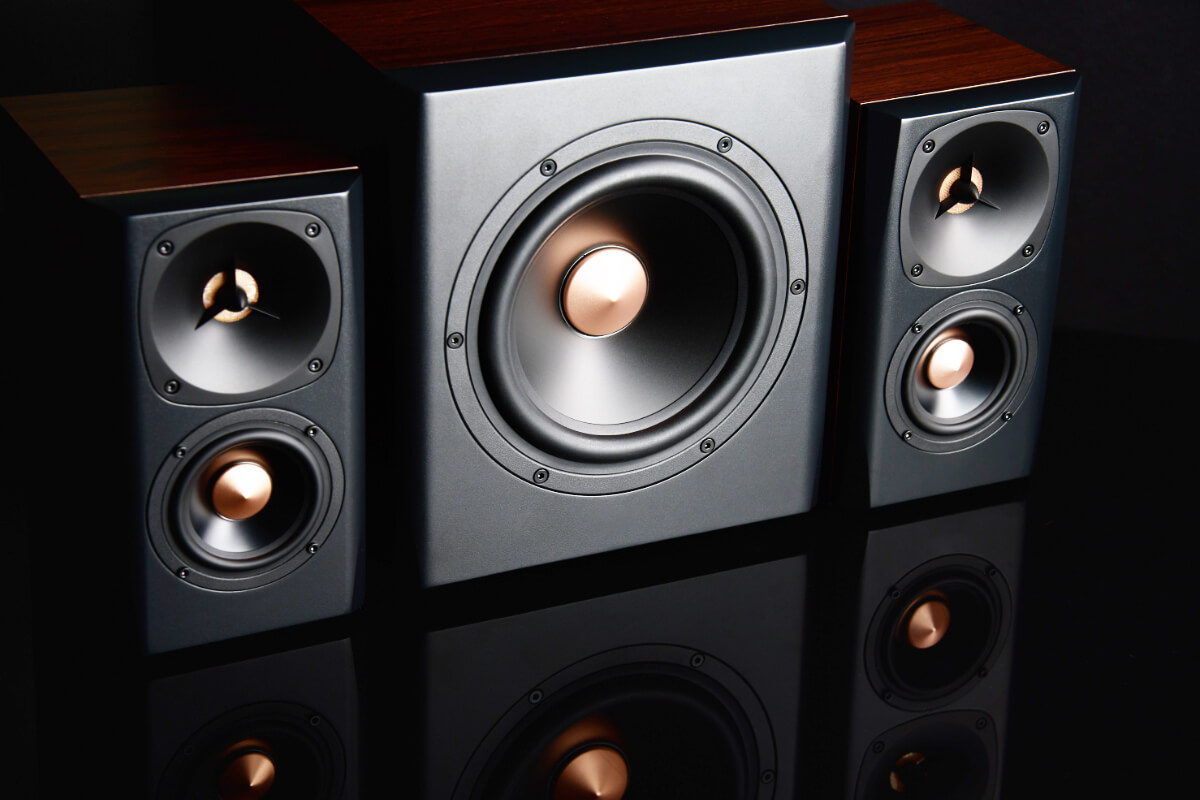
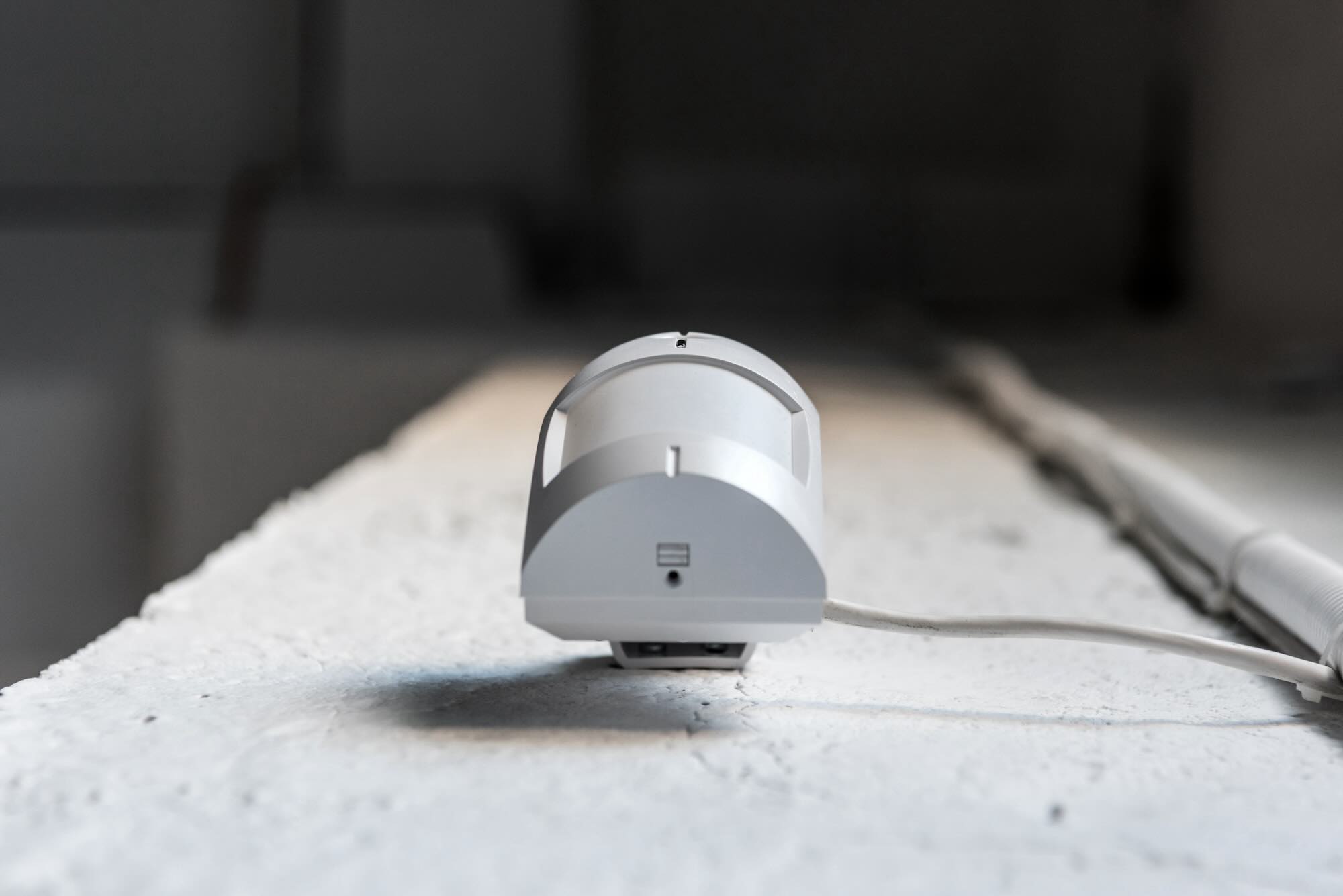
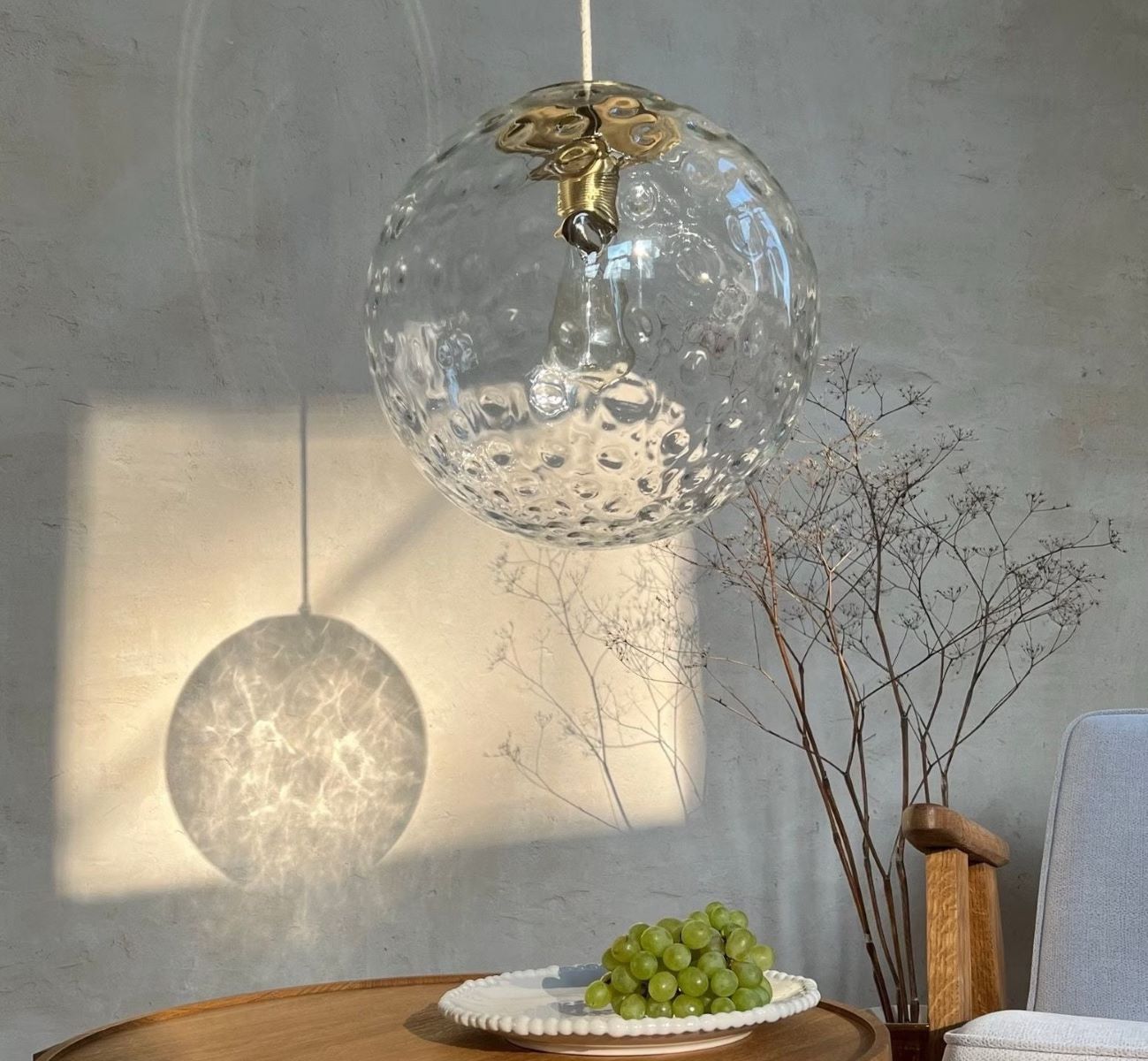
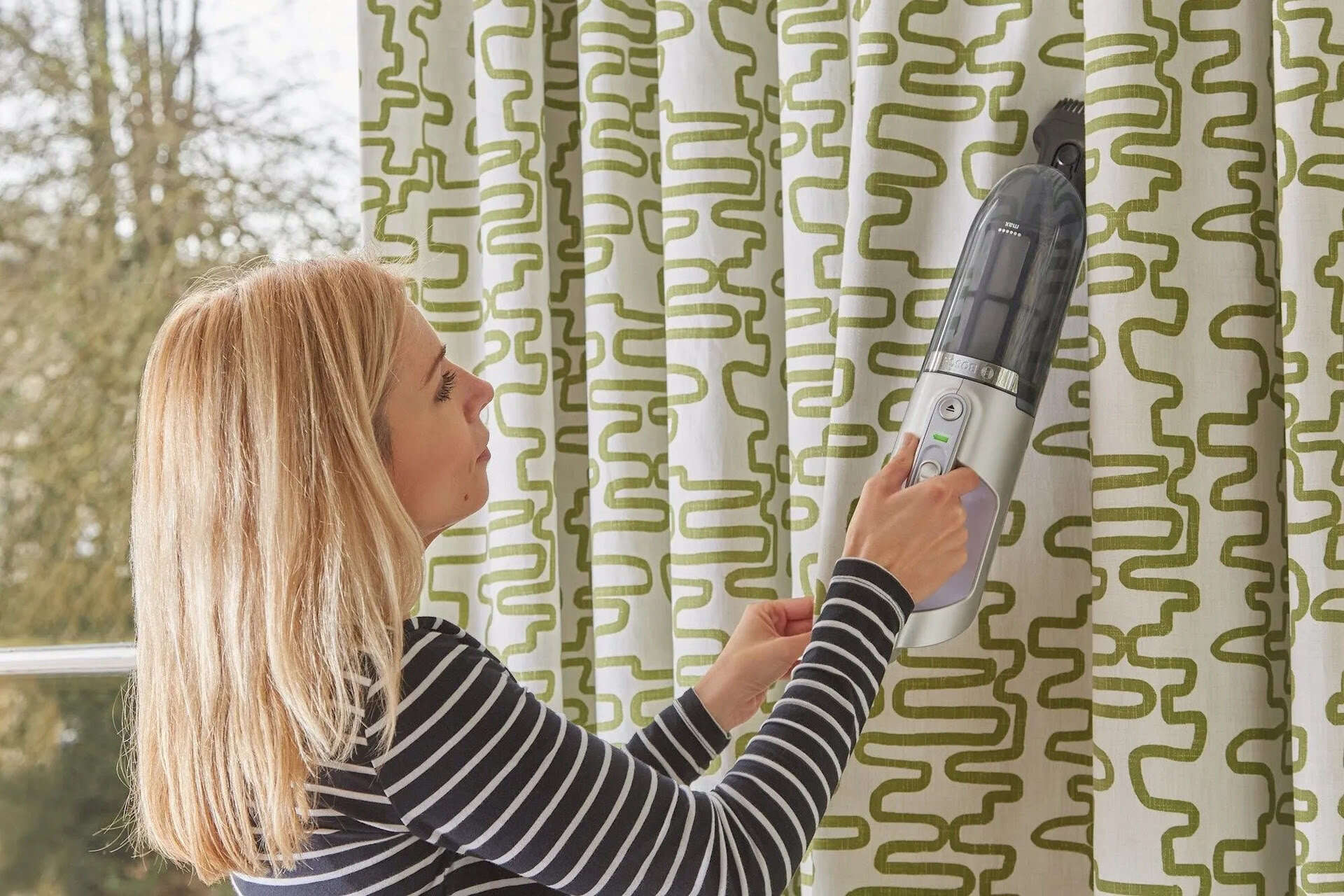
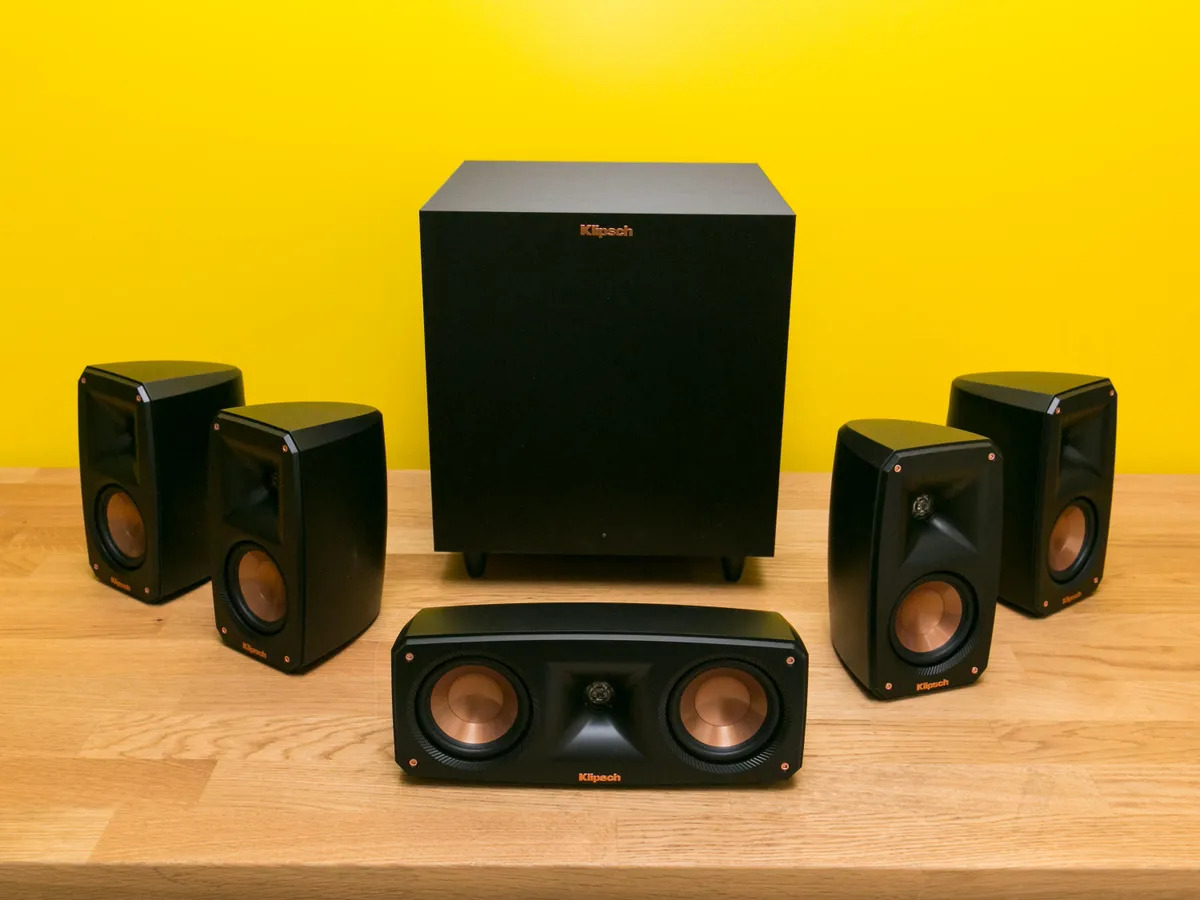
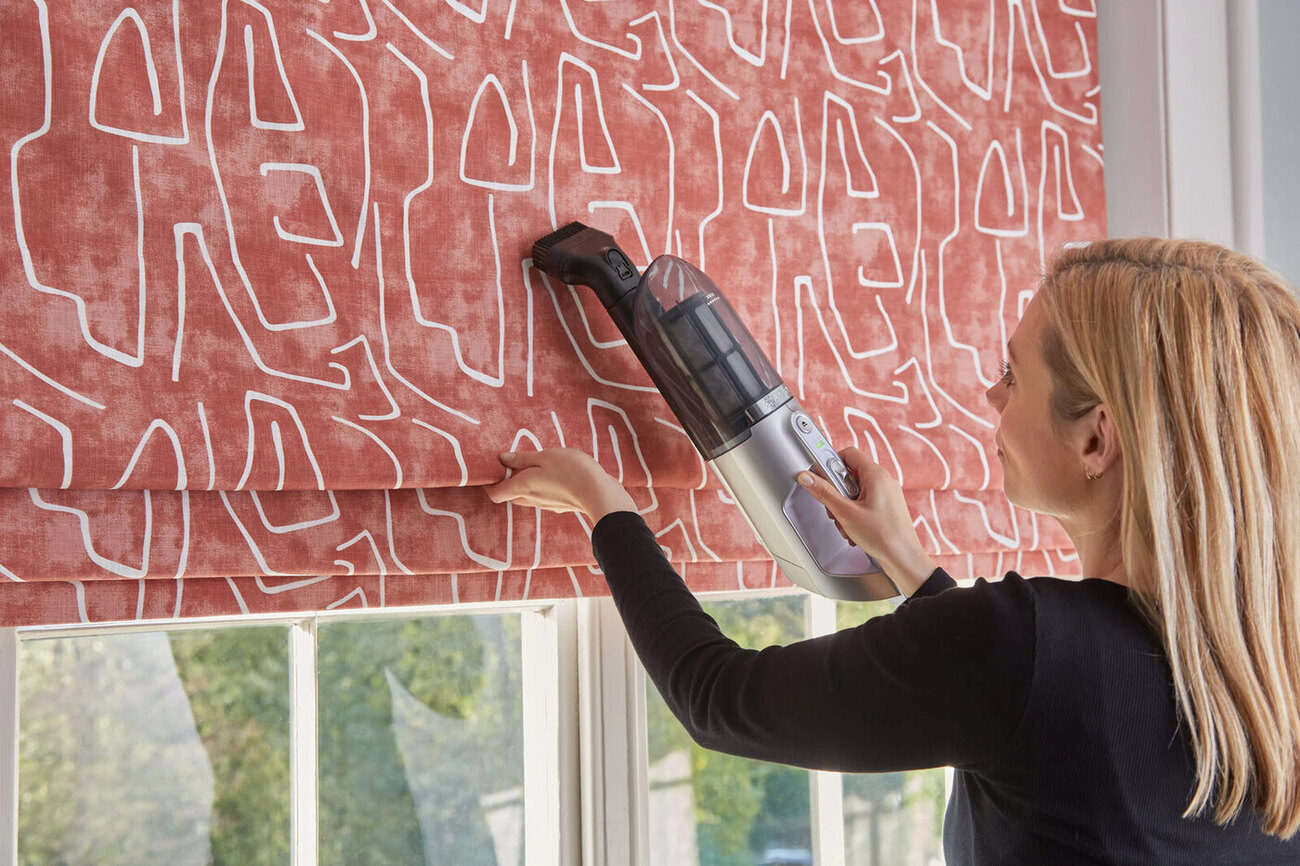
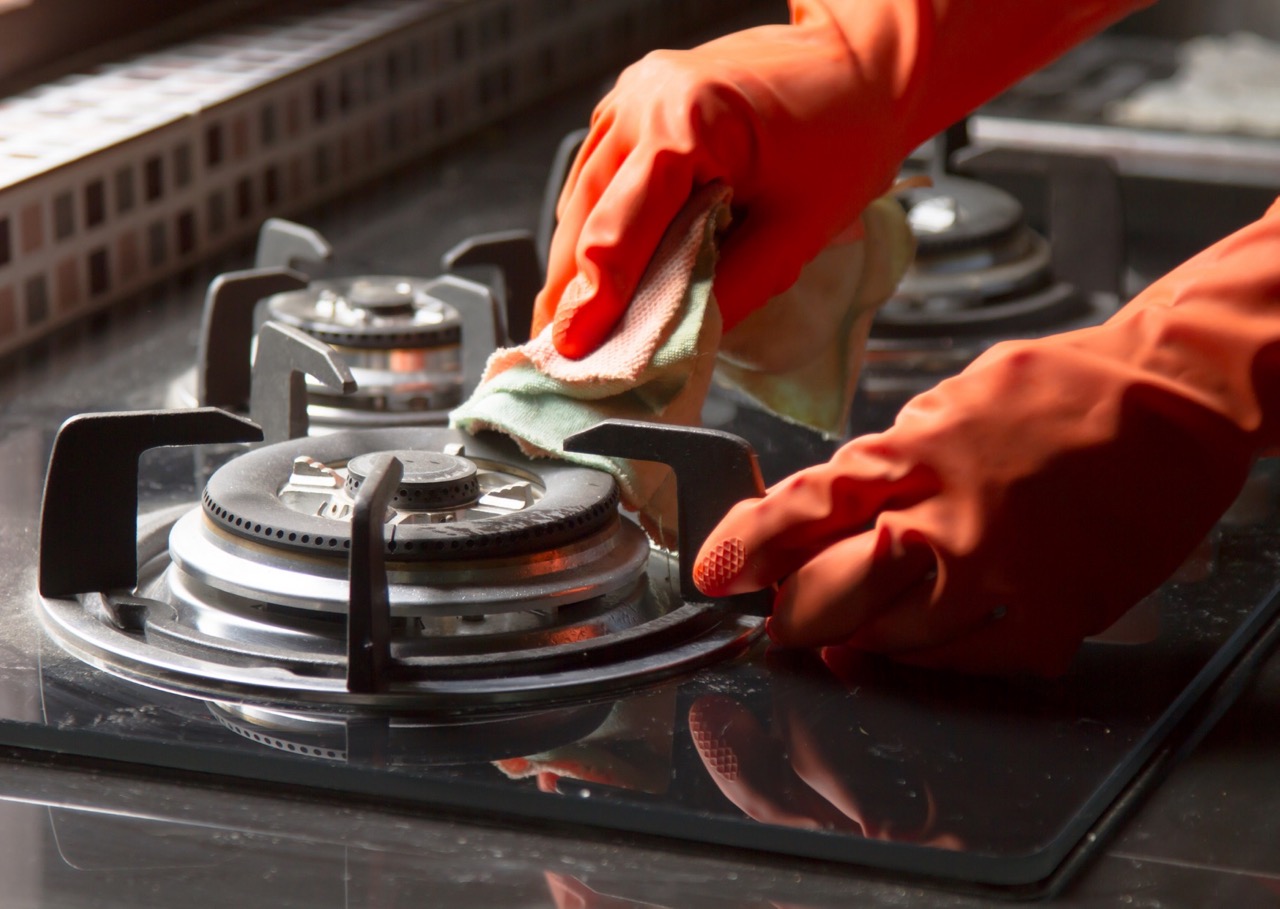
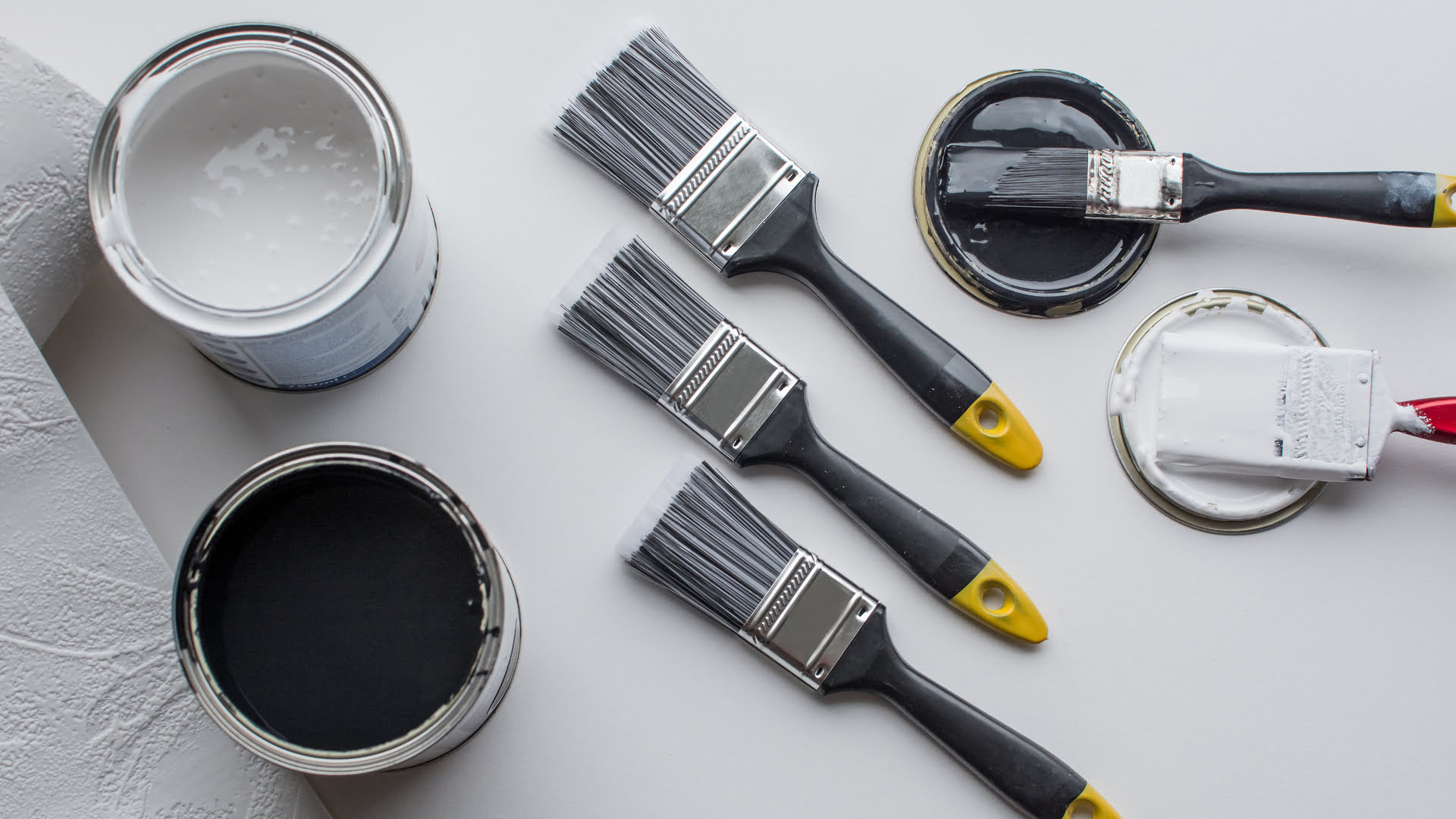
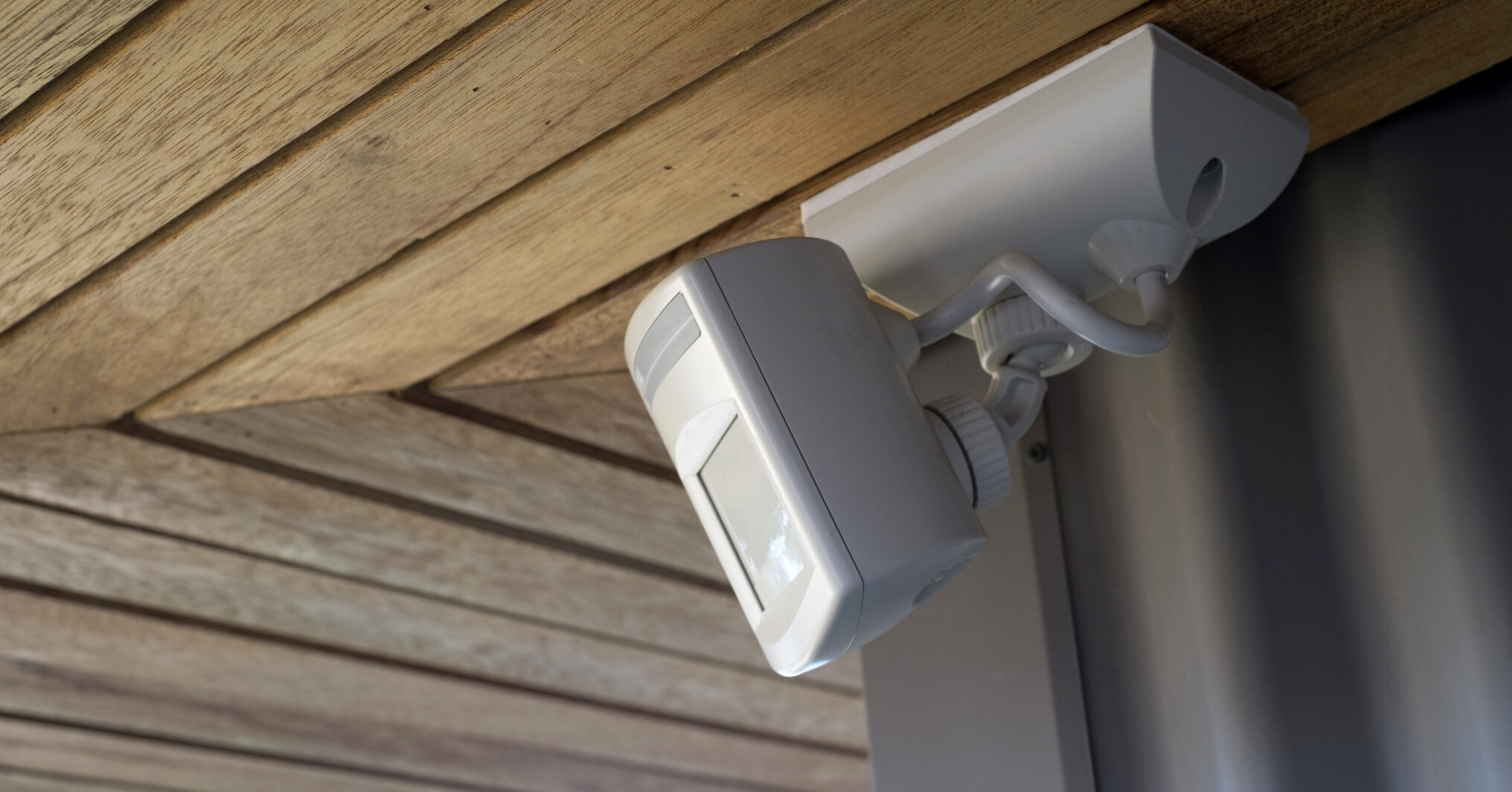
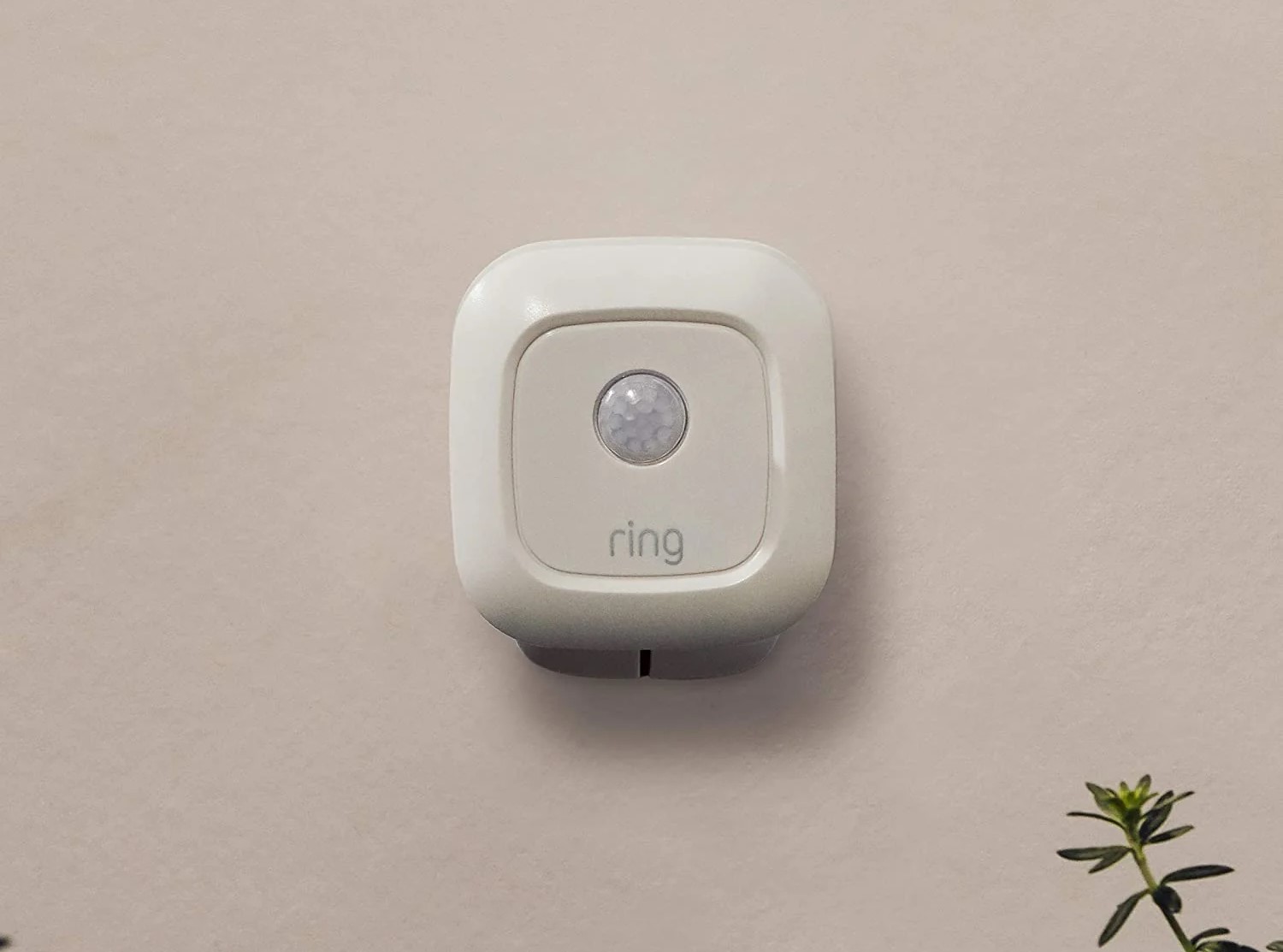

0 thoughts on “The 12 Dirtiest Places In The Home (and How To Clean Them)”